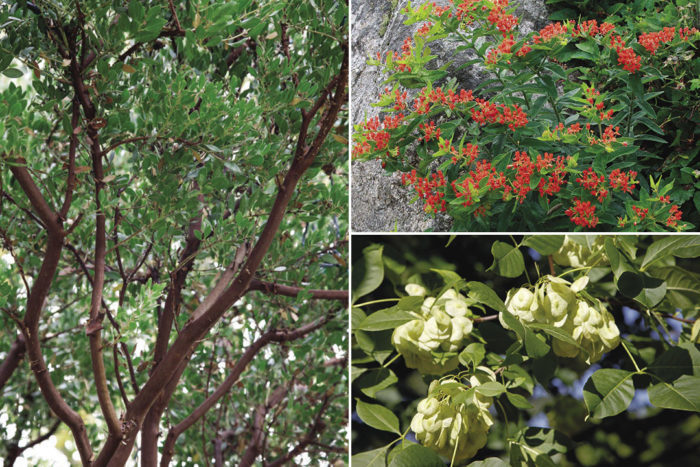
What makes native plants so great? According to some experts, it’s because these plants are practically perfect: They are built to thrive in the conditions of a specific region without complaint and are an essential component in wildlife preservation. Yet the topic of native plants can spark a debate unlike any other in the gardening world. Some gardeners claim that natives are easier to grow and require less water than nonnatives. Other gardeners dispute these broad claims and assert that not all natives are created equal—some may actually require more TLC than their imported counterparts.
Regardless of this ongoing discussion, there is no escaping the fact that land across the country is being overdeveloped. Why would this matter to the average gardener? For starters, we need to do our best to make way for nature in our landscapes if we want to do our part in preserving biodiversity. The overload of information, however, has left many of us wondering what native plants are worth buying. With this question in mind, Fine Gardening reached out to several native-plant experts from across the country to ask them. The following are their top picks for nearly every region—native plants that are built tough and have a wide variety of aesthetic and environmental benefits.
Northeast
Summersweet offers delicious-smelling flowers and good fall color
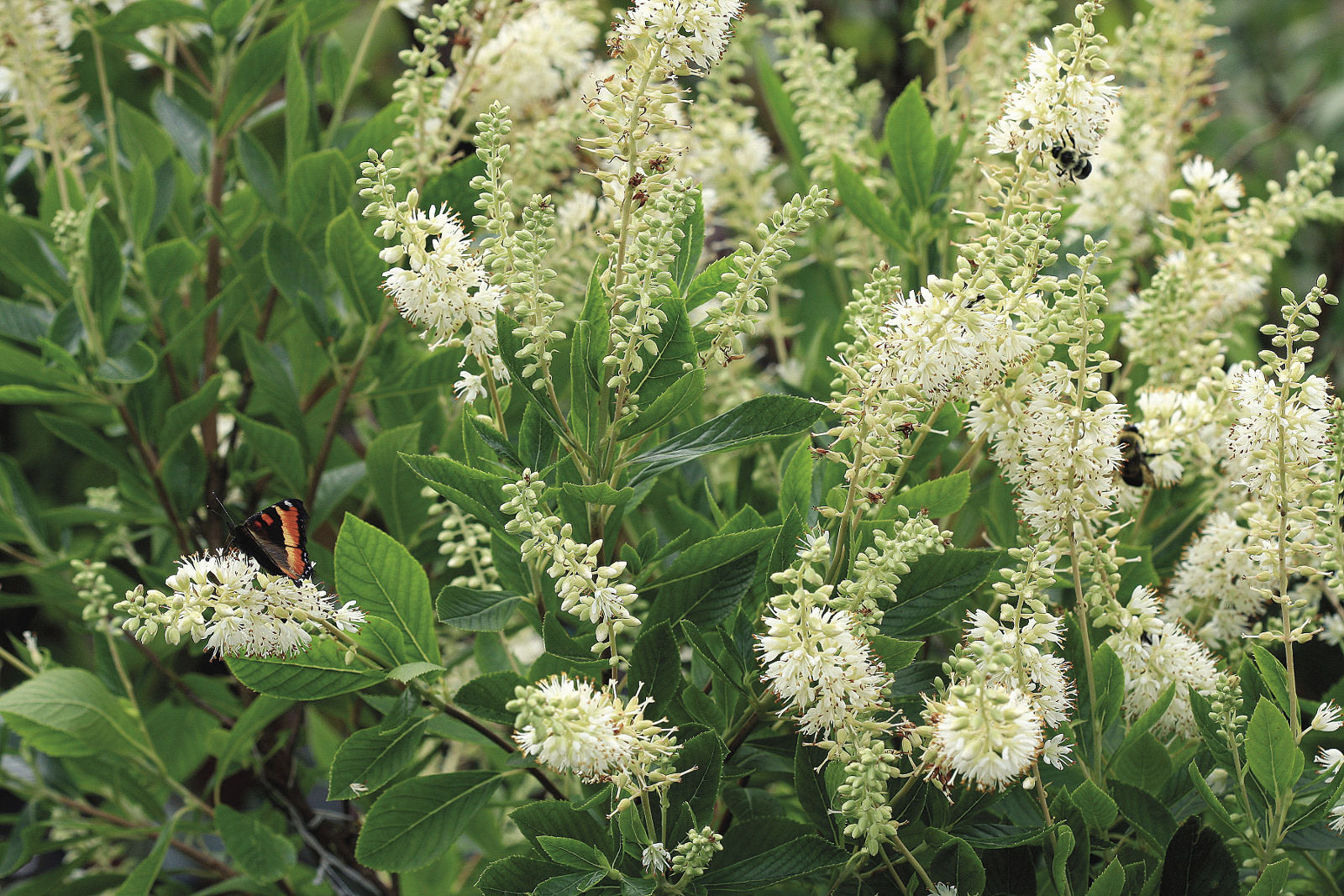
Summersweet is a wonderful shrub that offers 3- to 5-inch-long, spiky white flowers that possess a strong spicy fragrance in late summer. The dark green foliage turns pale to golden yellow in fall, and old seed heads will persist through winter, giving this plant some off-season appeal. Summersweet is an adaptable species, growing in moist, shady woodland conditions as well as hot, dry, sunny exposures in sandy soils. This shrub generally works well in mixed borders and is a great companion for most herbaceous plants. It will also attract a wide variety of pollinators to the garden. If you simply don’t have the space for the straight species, try ‘Compacta’, which features a dense habit that’s only 5 to 6 feet tall and wide but has the same magnificently fragrant flowers as well as unusually dark green foliage.
Name: Clethra alnifolia and cvs.
USDA Hardiness Zones: 3 to 9
Size: 6 to 8 feet tall and wide
Conditions: Full sun to partial shade; moist, fertile, acidic, well-drained soil
Check out more picks here: Northeast Native Plants
The expert: Vincent A. Simeone is a horticulturist from Oyster Bay, New York, and the author of several books on flowering trees and shrubs, evergreens, and winter gardening.
Fine Gardening’s natives reality check
Myth: Pests and diseases don’t bother native plants.
Reality: When planted in gardens with soil and water attributes that are different from their conditions of origin, natives are going to be stressed. And when plants become stressed, they invite pests and diseases. Take, for example, the decline of madrone (Arbutus menziesii, Zones 7–9) in the Northwest. Sensitive to grading alterations, madrones recently started dying off from fungal disease in record numbers when put under this stress.
Mid-Atlantic
Butterfly weed thrives under less-than-ideal conditions
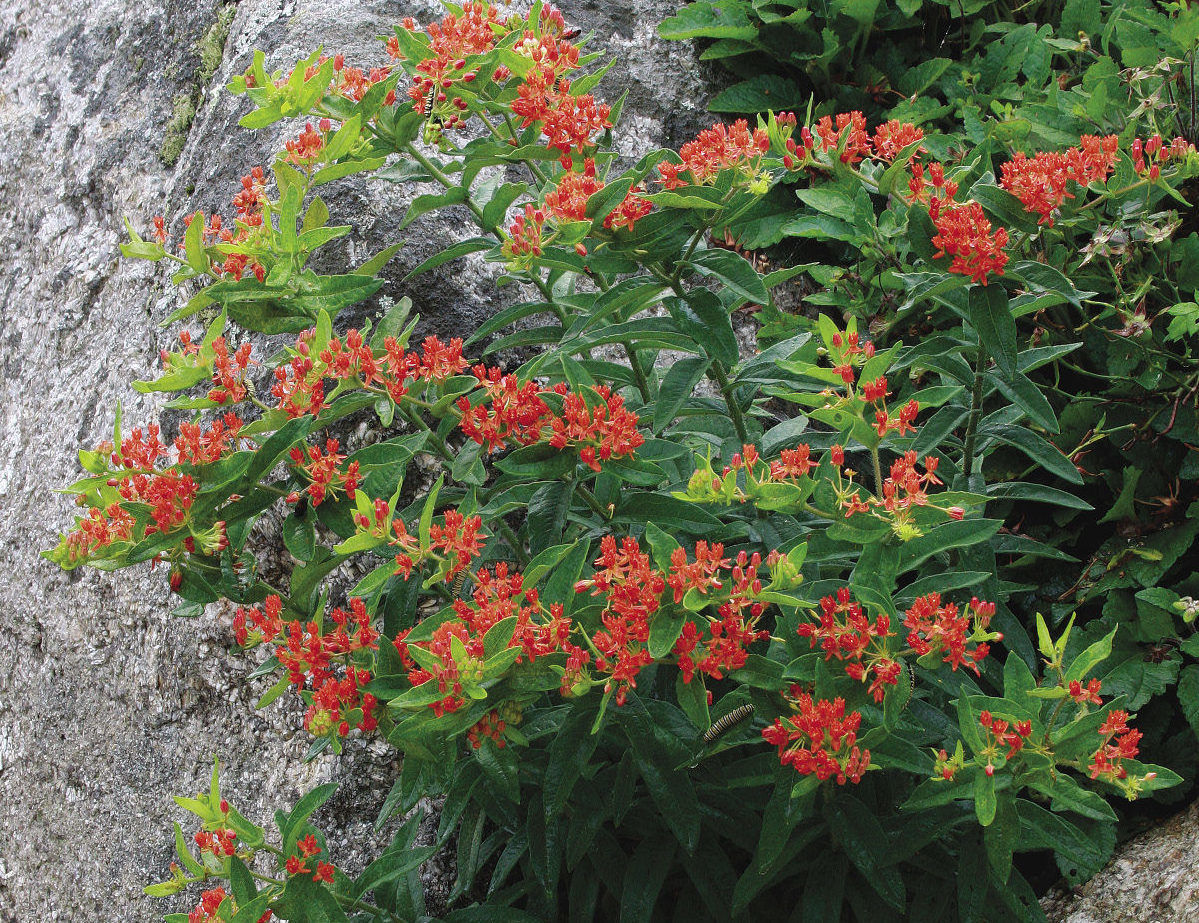
This herbaceous perennial’s bright orange blossoms provide nectar for at least six species of butterflies and countless beneficial insects and pollinators. Its leaves also provide larval food for monarch caterpillars. Butterfly weed is a taprooted plant that is found naturally in dry fields and shale barrens. In fall, silken seeds burst from mature pods and waft toward new sites to create oases for pollinators and migrating monarch butterflies. Although the plant is in the milkweed family, it lacks the trademark white sap, and it does not spread aggressively, like common milkweed. Now at risk of extinction in five Northeast states, this plant is a “must have” for any dry, sunny landscape.
Name: Asclepias tuberosa
Zones: 4 to 9
Size: Up to 3 feet tall and 2 to 3 feet wide
Conditions: Full sun; sandy or gravelly, well-drained soil
Check out more picks here: Mid-Atlantic Native Plants
The experts: Susan Tantsits and Louise Schaefer own Edge of the Woods Native Plant Nursery in Orefield, Pennsylvania.
Fine Gardening’s natives reality check
Myth: All cultivars of native plants are regarded as natives too.
Reality: Most experts agree that cultivars of native plants are true natives—although a minority of purists would disagree. The one caveat is when a native tree is grafted onto nonnative rootstock. So if you find a witch hazel (Hamamelis virginiana, Zones 3–8), which is native to eastern North America, spliced on top of Persian ironwood (Parrotia persica, Zones 5–8), which is native to Eurasia, you don’t have a native plant in your shopping cart.
Midwest
Twinleaf is an exciting woodland gem—from start to finish
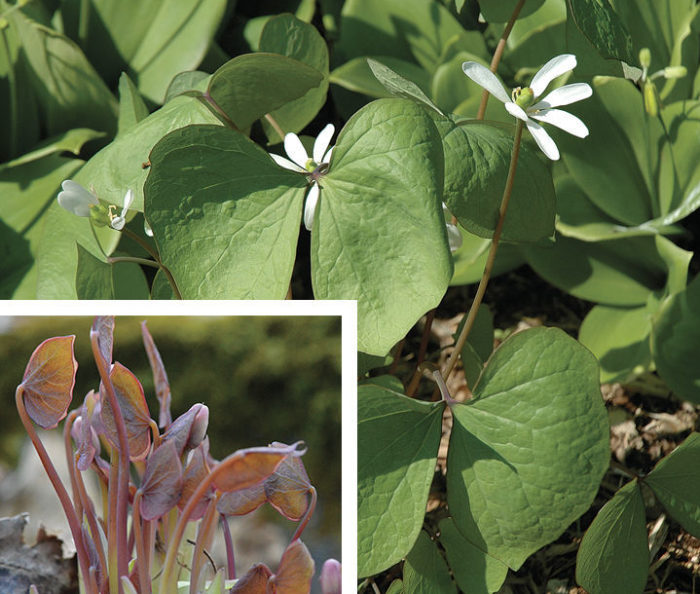
Perhaps my favorite woodland wildflower, this underutilized native is fun to watch from spring to autumn. Twinleaf emerges before the trees leaf out, its purplish foliage and stems exploding out of the ground, turning green with hints of copper, then producing their individually borne, 1-inch-wide glistening white flowers—all in a matter of days. Watch closely for the blossoms because they are, at best, fleeting. Twinleaf will remain in foliage well into summer and maybe even autumn. The 6-inch-long, blue-green summer leaves are so deeply divided that each leaf looks like the pair of wings of a luna moth. Older plants form handsome mounds of foliage. You will be rewarded the following spring with self-sown seedlings that you can share with friends.
Name: Jeffersonia diphylla
Zones: 5 to 7
Size: 12 to 18 inches tall and 1 foot wide
Conditions: Dappled to full shade; moist, rich, slightly acidic to slightly neutral, well-drained soil
Check out more picks here: Midwest Native Plants
The expert: Jim Ault is a plant breeder and the director of ornamental plant research at the Chicago Botanic Garden in Glencoe, Illinois.
Fine Gardening’s natives reality check
Myth: If a plant is considered a native, then it must be native in my area.
Reality: Every plant is native to somewhere—even if it’s Japan. So just because a perennial grass is native to California doesn’t mean it’s native in Connecticut. Research your plant choices diligently before making the determination of whether a plant would be considered native to your backyard. To help you determine a plant’s native range, go to plants.usda.gov.
Southern Plains
Hop tree is a fragrant delight
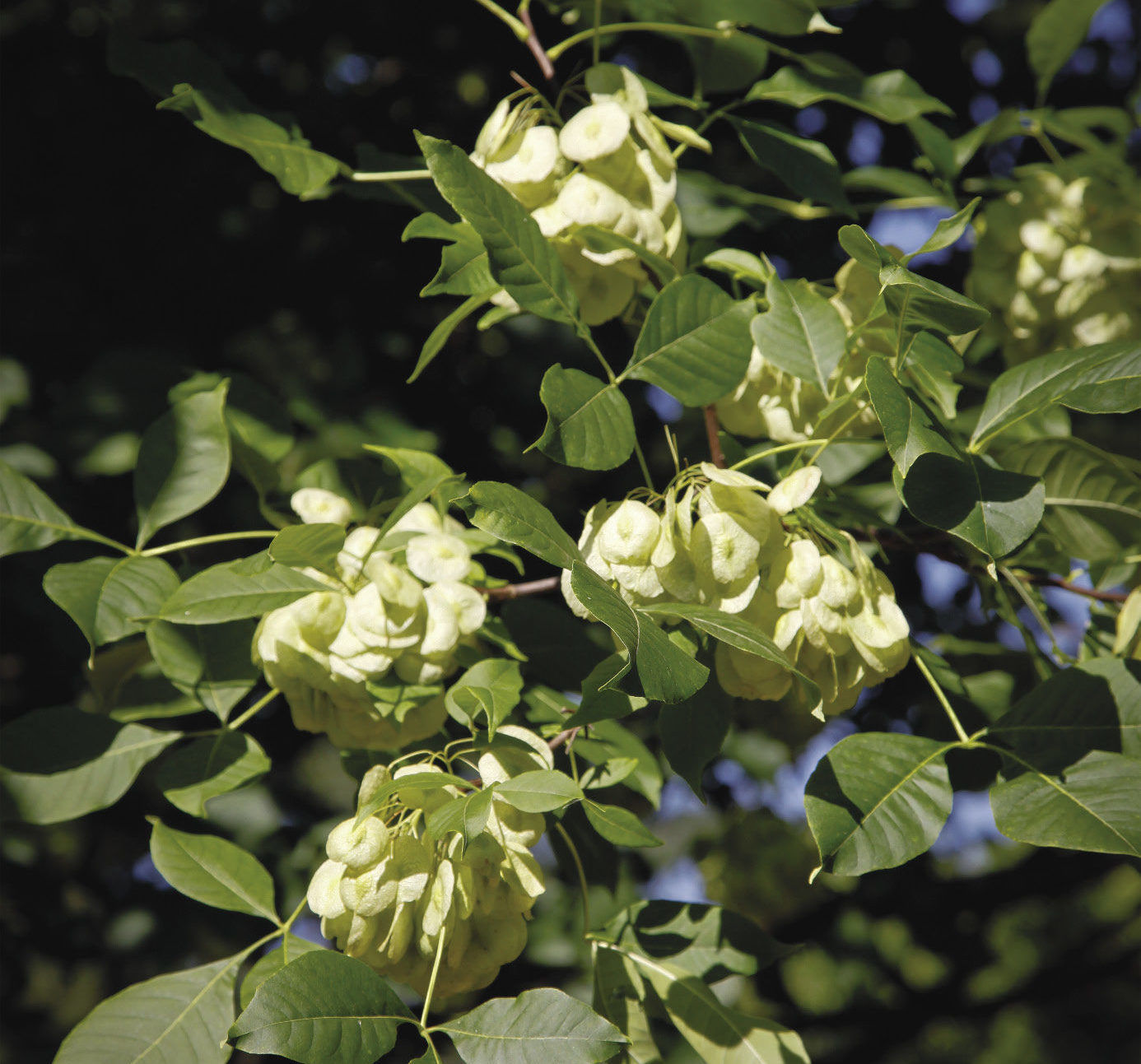
Despite what its two common names—wafer ash and hop tree—might lead you to believe, this plant is neither an ash nor a hop but rather a member of the citrus family. Hop tree, however, is a mainstay for the orange dog, the citrus-orchard pest name for the ravenous caterpillar of the otherwise beloved giant swallowtail butterfly. Feeding the anticipation and delight of humans and small pollinators alike, scrumptious vanilla-clove aroma perfumes the air come spring, when this understory tree unfolds its clusters of tiny, yellowish green flowers. Its true elegance lies in the ascending, interwoven, light gray branches, which look their best under the skilled hands of a master pruner. At its mature height, hop tree won’t interfere with power lines. And its bitter papery fruit, called a samara, has been used as a substitute for hops in brewing beer. What more could you ask of just one plant?
Name: Ptelea trifoliata
Zones: 5 to 9
Size: 15 feet tall and 10 feet wide
Conditions: Full sun to partial shade; moist to dry, well-drained soil
Check out more picks here: Southern Plains Native Plants
The expert: Andrea DeLong-Amaya is director of horticulture at the Lady Bird Johnson Wildflower Center in Austin, Texas.
Fine Gardening’s natives reality check
Myth: The label at the nursery says a plant is “native,” so therefore it is.
Reality: Because the popularity of natives has increased twofold in the last decade, plant breeders and marketers have, of course, hopped on the bandwagon. You can’t always trust the label. Just as “natural” foods might be natural but aren’t necessarily organic, you can’t trust a plant that is labeled a “native beauty” to be necessarily a true native.
Mountain West
Bigtooth maple provides blazing autumn color
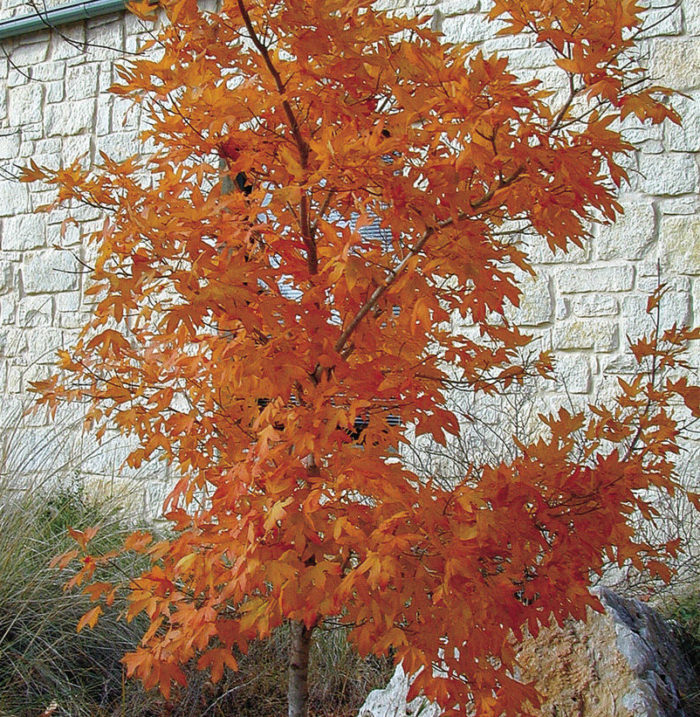
With a wide but scattered range—from Idaho to northern Mexico—bigtooth maple reaches its zenith in the Wasatch Range of Utah. It may go unnoticed much of the year, mingling quietly with box elder, oak, and aspen in shady ravines or open meadows, but in fall, it cannot be overlooked. This is the Interior West’s answer to the blazing sugar maple (A. saccharum and cvs., Zones 4–8) of the Northeast, illuminating the canyons in every shade of yellow, rose, orange, and red. Its moderate size makes it ideal for smaller properties, and its drought tolerance makes it suitable even in xeric gardens. In open conditions, expect a dense oval form. Partial shade will create an open, irregularly shaped tree with softer autumn shades. This is one of the West’s most underused gems.
Name: Acer grandidentatum (syn. A. saccharum subsp. grandidentatum)
Zones: 4 to 8
Size: 20 to 40 feet tall and 15 to 30 feet wide
Conditions: Full sun to partial shade; well-drained soil, drought tolerant when established
Check out more picks here: Mountain West Native Plants
The expert: Dan Johnson is associate director of horticulture and curator of native plants at the Denver Botanic Gardens in Colorado.
Fine Gardening’s natives reality check
Myth: Most sun-loving native plants require less supplemental water than ornamental imports.
Reality: When you put a native plant into an environment that has been altered in some way, causing runoff patterns to change or soil protection to be eliminated (like raking away layers of fallen leaves), you risk altering the soil moisture levels that these naturally occurring plants are used to. To rectify the situation, you might need to use organic mulch and to water frequently.
Southern California
‘Howard McMinn’ manzanita is stunning—from its blooms to its bark
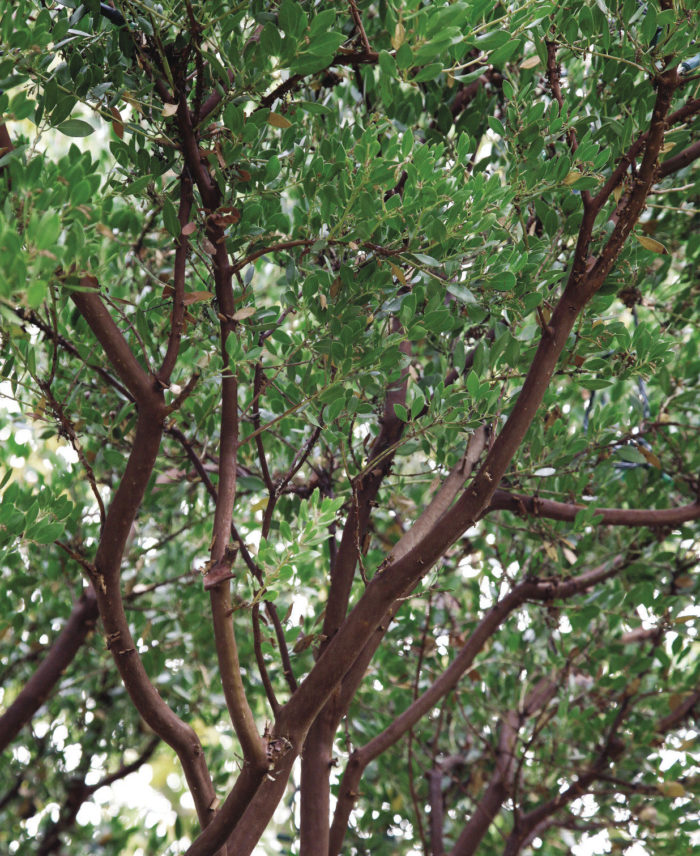
With its chocolate-red bark, architectural branching pattern, and winter display of flower clusters, this plant exemplifies the beauty of California’s chaparral. It remains a mystery to me why this shrub isn’t more popular. ‘Howard McMinn’ manzanita puts to rest all myths regarding the finicky nature of this genus. It adapts well to many soil types and microclimates and to pruning; it even tolerates occasional summer irrigation under the proper conditions. This manzanita also boasts wildlife value as a nectar source for the monarch butterfly. It is known for attracting hummingbirds, too, which is sure to make it a focal point for any Southern California garden.
Name: Arctostaphylos densiflora ‘Howard McMinn’
Zones: 7 to 9
Size: 6 to 10 feet tall and wide
Conditions: Full sun to partial shade; well-drained soil
Check out more picks here: Southern California Native Plants
The expert: Rob Moore is a principal of California Native Landscape Design, a design/consultation firm, and a board member of the Orange County chapter of the California Native Plant Society.
Fine Gardening’s natives reality check
Myth: All natives have a wild appearance that looks messy in a garden setting.
Reality: Many of the showiest, most well-behaved plants are natives. Take, for instance, shadbush (Amelanchier canadensis, Zones 3–7) in the Northeast. It sports a plethora of white flowers in spring, wildlife-friendly fruit in summer, spectacular fall color, and a statuesque habit (not to mention smooth silvery bark) in winter. Most nonnatives would be hard-pressed to match that focal-point power.
Northwest
Evergreen huckleberry has edible berries for you and the birds to adore
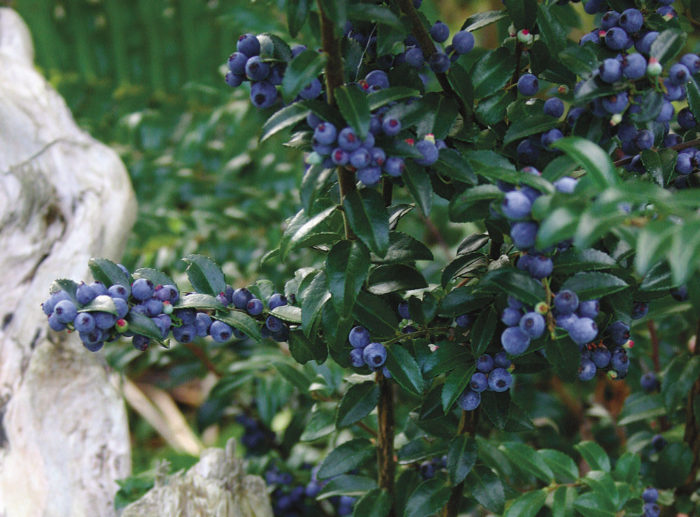
Evergreen huckleberry should be high on the list as a champion in the native gardener’s landscape. Rows of small, intricate, urn-shaped, cream to pale pink flowers bloom in late spring, eventually giving rise to shiny, black to dark purple berries that burst from beneath the stems in fall. The berries have been, historically, an important food source for indigenous peoples of the Northwest; today, wildlife and people alike seek out the berries to eat. Hummingbirds, butterflies, and bumblebees visit the flowers, while the berries are foraged by numerous species of native birds. Evergreen huckleberry will not reach its full height if grown in a sunny location, although direct sun may cause the plant to produce more berries and the leaves to take on a crimson hue. This shrub thrives in acidic, well-drained soil and, once established, requires little to no maintenance.
Name: Vaccinium ovatum
Zones: 7 to 9
Size: 2 to 10 feet tall and wide
Conditions: Full sun to partial shade; moist to slightly dry, acidic, well-drained soil
Check out more picks here: Northwest Native Plants
The expert: Nelson Salisbury is a restoration ecologist for EarthCorps, a Seattle-based nonprofit organization, and a botanist with a local chapter of the Washington Native Plant Society.
Fine Gardening’s natives reality check
Myth: Native plants are low-care options for the landscape.
Reality: There are some spots where many native plants just don’t survive—or will only limp along with significant attention. Most of these spots are urban areas—like parking strips, traffic circles, and parking lots—or along driveways. Many natives will struggle when subjected to soil compaction, limited moisture, and tons of environmental stress.
More regional picks:
Best Native Plants for Each Region of the U.S.
Photos: courtesy of Vincent A. Simeone; Bill Johnson; Michelle Gervais; courtesy of Linda Gery; millettephotomedia.com; courtesy of Jim Ault; courtesy of Andrea DeLong-Amaya; Joshua McCullough; Joseph A. Marcus/Lady Bird Johnson Wildflower Center; Daryl Beyers; courtesy of Rob Moore; courtesy of Debbie Teashon; courtesy of Nelson Salisbury
Fine Gardening Recommended Products

Planting in a Post-Wild World: Designing Plant Communities for Resilient Landscapes
Fine Gardening receives a commission for items purchased through links on this site, including Amazon Associates and other affiliate advertising programs.

Buffalo-Style Gardens: Create a Quirky, One-of-a-Kind Private Garden with Eye-Catching Designs
Fine Gardening receives a commission for items purchased through links on this site, including Amazon Associates and other affiliate advertising programs.

Gardener's Log Book from NYBG
Fine Gardening receives a commission for items purchased through links on this site, including Amazon Associates and other affiliate advertising programs.

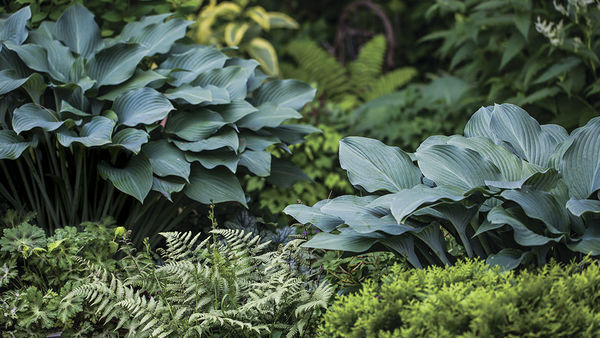
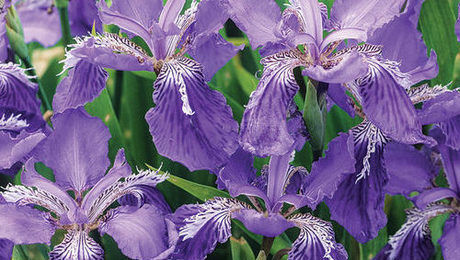

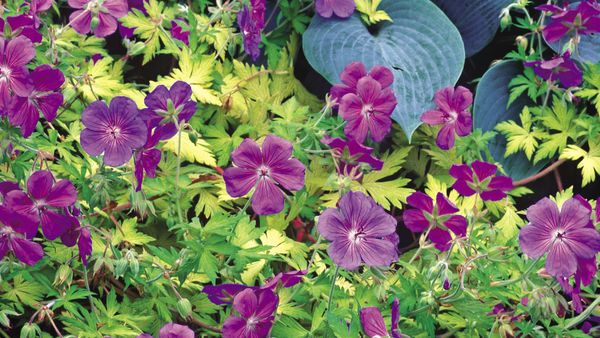













Comments
I enjoyed the ‘reality checks’ scattered throughout this article.
Log in or create an account to post a comment.
Sign up Log in